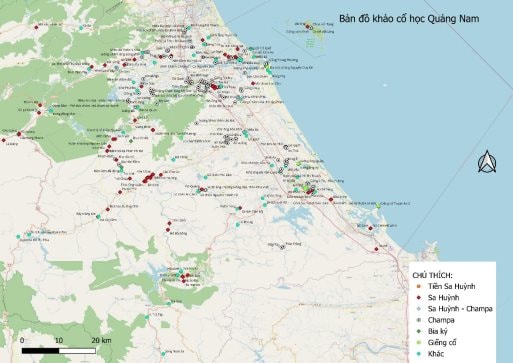
Since 1976, the Quang Nam - Da Nang region has recorded more than 100 locations where Sa Huynh cultural relics are present. Most of the jar burial areas and some ancient residential areas, distributed from the plains to the high mountains, are concentrated in the hills, sand dunes along rivers and the coast. The results of surveys, excavations and research by archaeologists show that Quang region is a major center of Sa Huynh culture.
Site at the headwaters of Thu Bon
The Sa Huynh cultural relics in Quang Nam are often distributed in the Thu Bon river basin on many different terrains. Most of those relics are burial sites, while not many residential sites have been discovered.
With its favorable location, the Thu Bon River basin soon attracted people to settle there. Especially since the appearance of iron tools, the population density here has increased rapidly.
In the mountainous district of Nong Son, the former Quang Nam province (now Nong Son and Que Phuoc communes of Da Nang city), through surveys and excavations, a series of Sa Huynh cultural sites have been discovered, such as Binh Yen, Thach Bich, Go Chua, Vuon Dinh, Que Loc, Khe Se... Among the discovered sites, some have been excavated by archaeologists.
Through excavation results and based on the quantity and type of artifacts, it has contributed to clarifying the presence of Sa Huynh culture in Nong Son and proving the long history of this land when more than 2,000 years ago people lived and resided.
The first Sa Huynh cultural relic discovered in Nong Son is the Que Loc jar tomb site (formerly in village 7, Que Loc commune, now in Nong Son commune, Da Nang city). Notably, this is also the jar tomb site of the Sa Huynh culture that was first known in the mountainous region of the Central Central region in 1975.
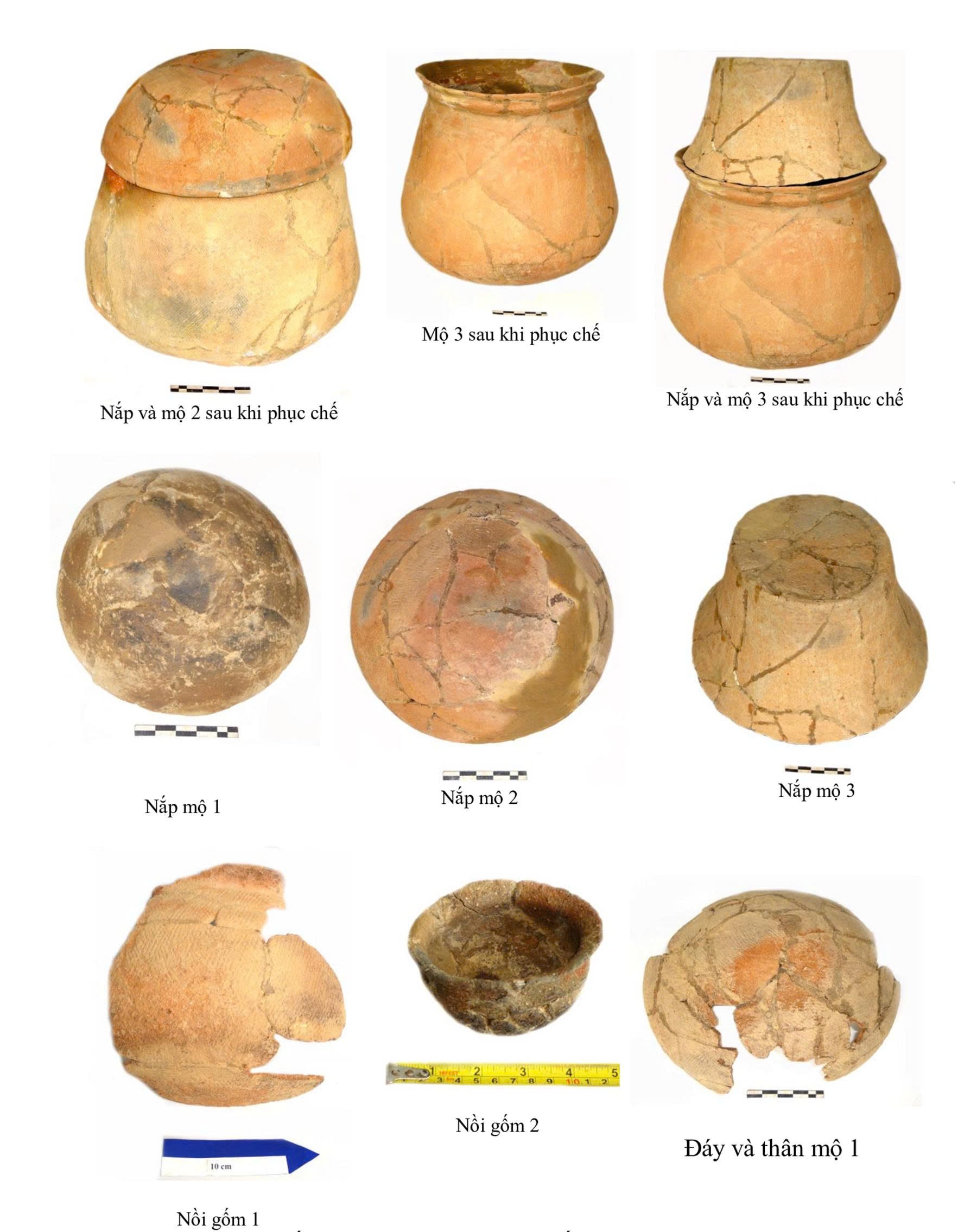
Based on the discovered artifacts, archaeologists believe that iron tools were very developed during this period, but the pottery was poor, thick and rough. The burial method was similar to that of the Tam My jar tomb, most likely reburial. In terms of age, the Que Loc jar tomb could belong to the peak of the Iron Age, dating back to around the 2nd - 3rd century BC.
The Binh Yen archaeological site (Binh Yen village, Ninh Phuoc commune, now Que Phuoc commune, Da Nang city) was discovered in September 1997, during a survey of the distribution of archaeological sites and the construction of a map of archaeological sites of the Sa Huynh culture in the entire Quang Nam province.
Afterwards, the Center for Archaeological Research - Ho Chi Minh City Institute of Social Sciences , Quang Nam Museum and Dr. Mariko Yamagata (Showa University - Japan) excavated this site.
In the 6 excavated jar tombs, many burial objects were discovered including jewelry, iron objects, bronze objects, and pottery. Through the excavation results, archaeologists determined that the Binh Yen site dates back to about 2,000 to 2,100 years BC and was also the peak period of the metal center in Central Vietnam.
In addition, at relics such as Thach Bich, Vuon Dinh, Go Chua, the survey team of domestic and foreign archaeological researchers conducted many excavations. The results obtained were mainly artifacts from the Sa Huynh culture period.
Besides the archaeological sites that have been explored and excavated, in the Nong Son area, archaeologists during their fieldwork also discovered a number of other locations with traces of Sa Huynh cultural sites with the appearance of some jar burial pieces, some rough pottery pieces...
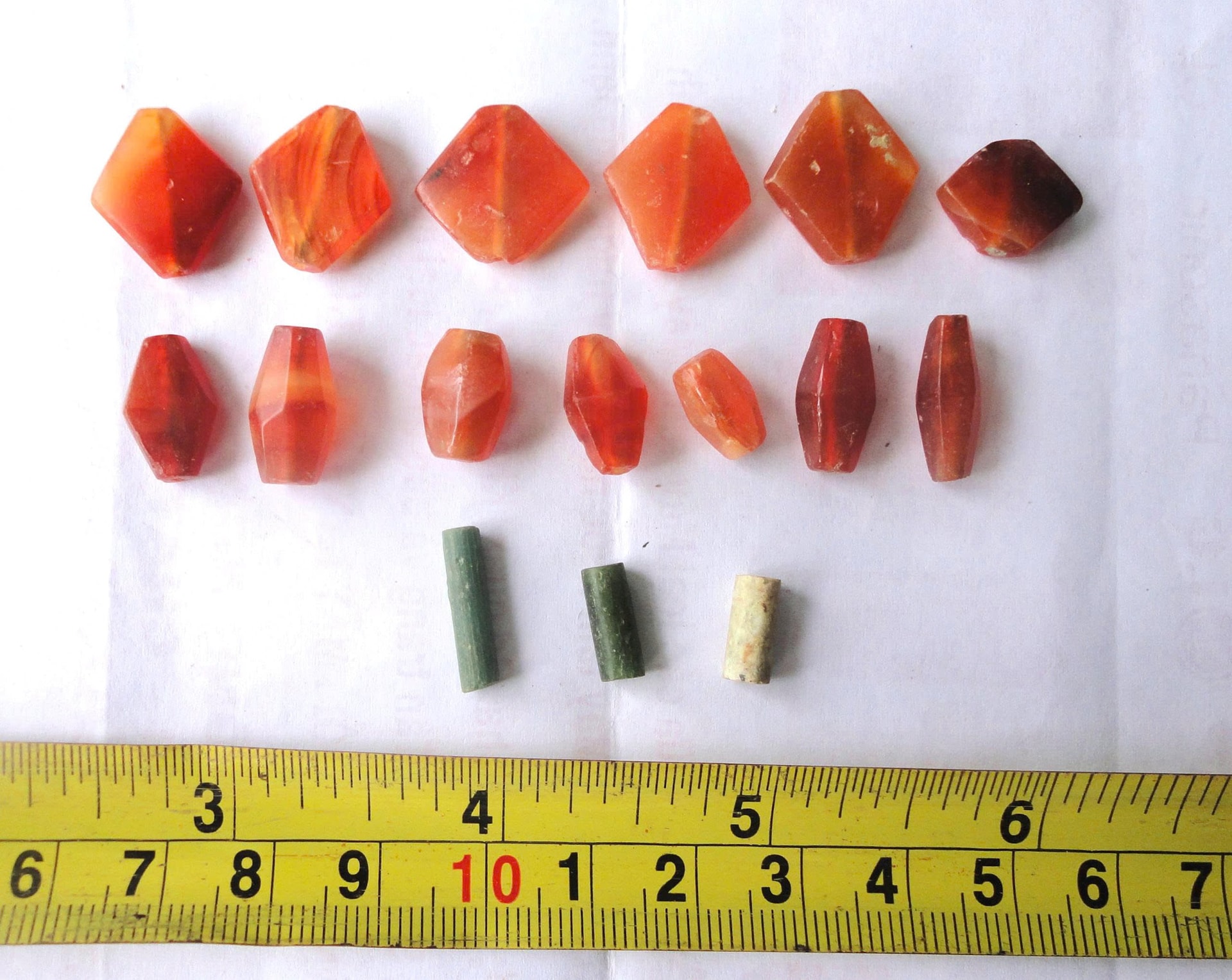
Vestiges of Sa Huynh in the highlands
The Sa Huynh cultural sites and relics discovered in Nong Son have further confirmed the dense distribution of Sa Huynh cultural sites in the mountainous region of Quang Nam and along the Thu Bon River.
In particular, one of the most groundbreaking results of the recent archaeological investigation and survey program conducted by the Quang Nam Museum was the first discovery of Sa Huynh cultural vestiges in highland communes such as Tra My, Phuoc Hiep and Song Kon.
Previously, Sa Huynh culture was often thought to be concentrated mainly in the coastal plains and inland mountainous areas along the Thu Bon River. However, new discoveries of jar burial sites, pottery pieces, and jewelry typical of Sa Huynh culture along the upper reaches of the Truong River, Tra River, and Pa Con River have proven that, more than 2,000 years ago, Sa Huynh residents controlled a large area, from the coast to the mountainous areas.
At Bai Dai (Tra My commune), local people said that after each flood, they saw broken pieces of pottery rising above the ground. When examining some of the collected pottery pieces, through the remaining relics, the group confirmed that they were indeed pieces of crude Sa Huynh pottery.
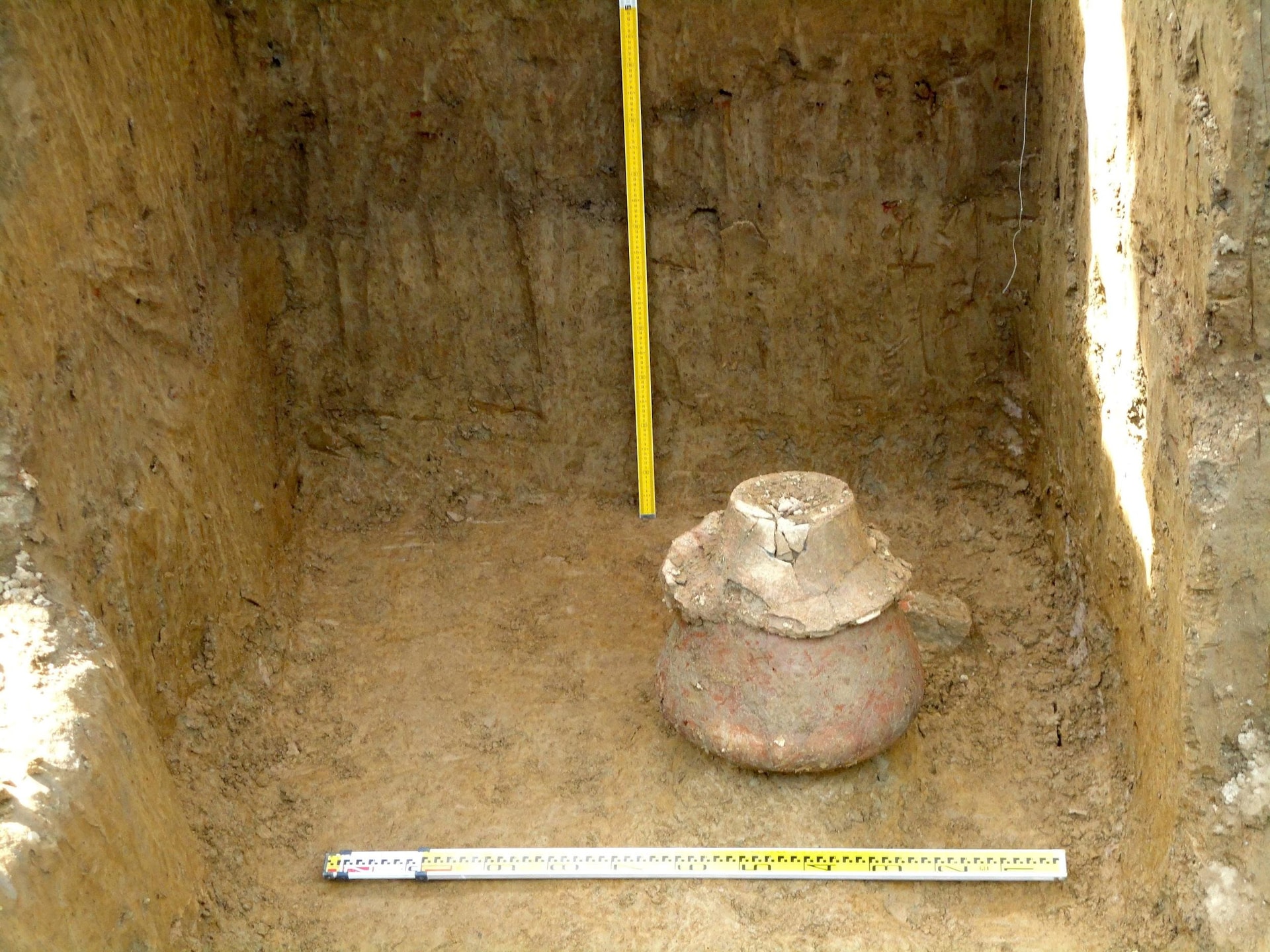
At a riverside alluvial ground in Phuoc Hiep commune, where no archaeological traces had been recorded before, the working group also found many pieces of Sa Huynh ceramics and ceramic containers. These discoveries not only expanded the distribution space but also raised interesting questions about the trade and cultural exchange relationship between the people of the highlands and lowlands in prehistoric times.
Perhaps the precious products of the Truong Son mountains and forests such as elephant tusks, rhinoceros horns, bird feathers and aromatic woods, especially agarwood, which have long appeared in Chinese history books, attracted the ancient Sa Huynh residents to the remote mountainous areas of Quang Nam.
The comprehensive investigation and survey re-evaluated the current status of previously known famous Sa Huynh relic sites, thereby leading to classification of relics based on the level of preservation and potential for future archaeological excavation.
At the same time, through the application of GIS technology and field surveys, researchers have proposed rules for the distribution of Sa Huynh relics.
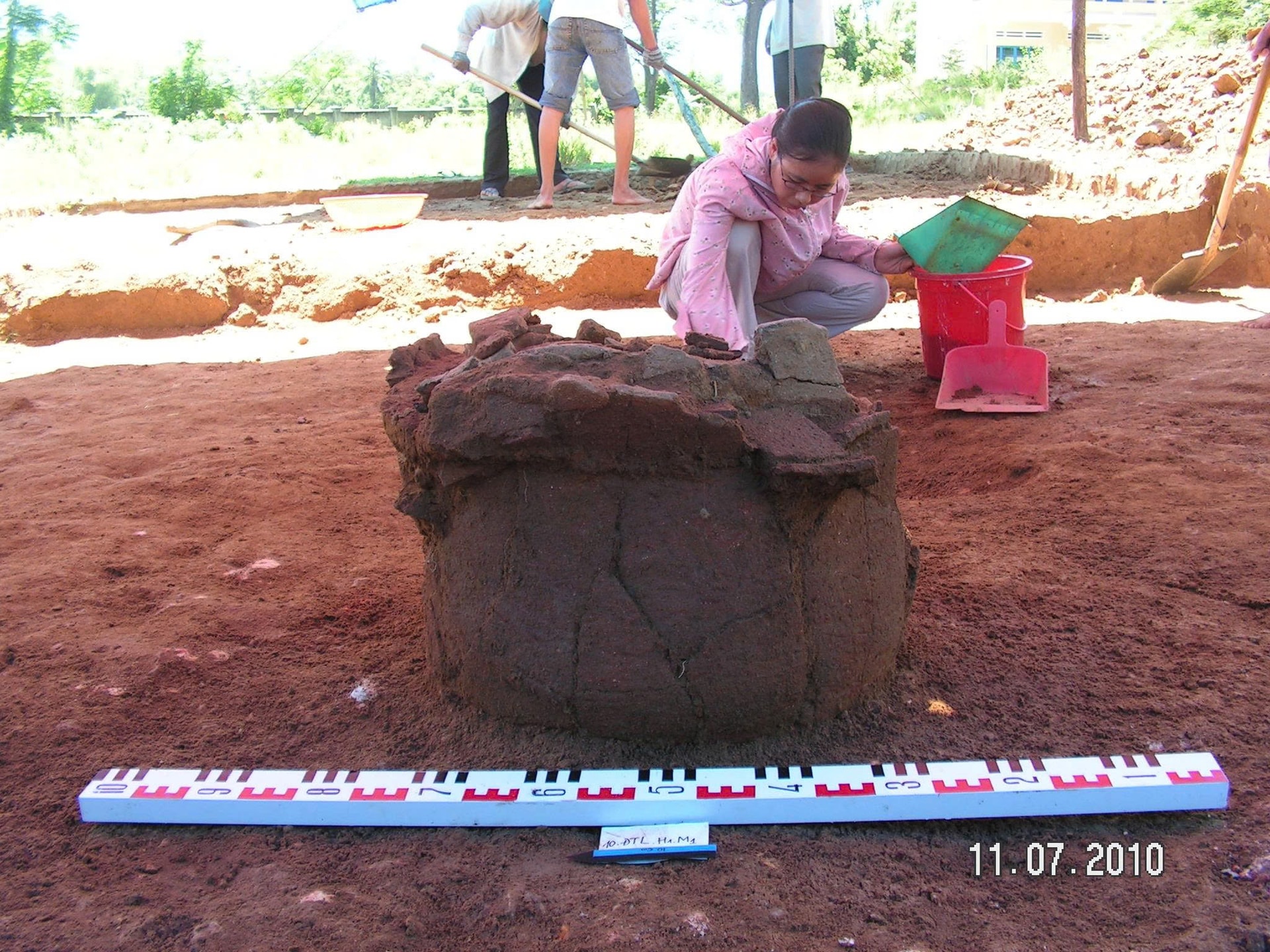
Accordingly, the ancient Sa Huynh people often gathered in sand dunes and sandy beaches at the bends and folds of large rivers such as Thu Bon and Vu Gia. Since then, a number of explorations and excavations have been carried out and brought about impressive results.
In Tho Chua, Hiep Duc commune (formerly Hiep Hoa commune, Hiep Duc district, Quang Nam province), a burial area with many jars, urns, bronze objects was discovered; especially rolled and gilded glass beads, showing that a prosperous Sa Huynh community once existed in this highland area.
At Lac Cau, Thang An Commune (formerly Binh Duong Commune, Thang Binh District, Quang Nam Province), the first Sa Huynh culture site discovered on the banks of the Truong Giang River, a jar tomb was excavated in 2025, revealing more than 2,700 artifacts. This suggests that the tomb owner may have belonged to the ruling class and reflects a large trade network that extended beyond the region.
The discovery of a bronze mirror from the Western Han Dynasty (China) at the Binh Yen site also shows that the Sa Huynh culture residents in Quang Nam, in addition to internal exchanges with the Sa Huynh residents in the Central region, also expanded their exchanges with the Dong Son and Han cultures in the North; with Tien Oc Eo in the South; with Laos, Cambodia and Thailand in the West and Northwest; with the Philippines and Indonesia in the East Sea...
Source: https://baodanang.vn/ven-man-bi-an-van-hoa-sa-huynh-3301097.html



![[Photo] Prime Minister Pham Minh Chinh attends the 80th Anniversary of the Vietnam Posts and Telecommunications Group](https://vphoto.vietnam.vn/thumb/1200x675/vietnam/resource/IMAGE/2025/9/6/39a89e5461774c2ca64c006d227c6a4e)
![[Photo] 80th Anniversary of the General Staff of the Vietnam People's Army](https://vphoto.vietnam.vn/thumb/1200x675/vietnam/resource/IMAGE/2025/9/6/49153e2a2ffc43b7b5b5396399b0c471)
![[Photo] Rescuing people in flooded areas at the foot of Prenn Pass overnight](https://vphoto.vietnam.vn/thumb/1200x675/vietnam/resource/IMAGE/2025/9/6/19095b01eb844de98c406cc135b2f96c)


![[Photo] General Secretary To Lam attends the 80th Anniversary of the General Staff of the Vietnam People's Army](https://vphoto.vietnam.vn/thumb/1200x675/vietnam/resource/IMAGE/2025/9/6/126697ab3e904fd68a2a510323659767)































![[Photo] Many people directly experience beloved Uncle Ho and the General Secretaries](https://vphoto.vietnam.vn/thumb/1200x675/vietnam/resource/IMAGE/2025/9/6/2f4d9a1c1ef14be3933dbef3cd5403f6)

































































Comment (0)